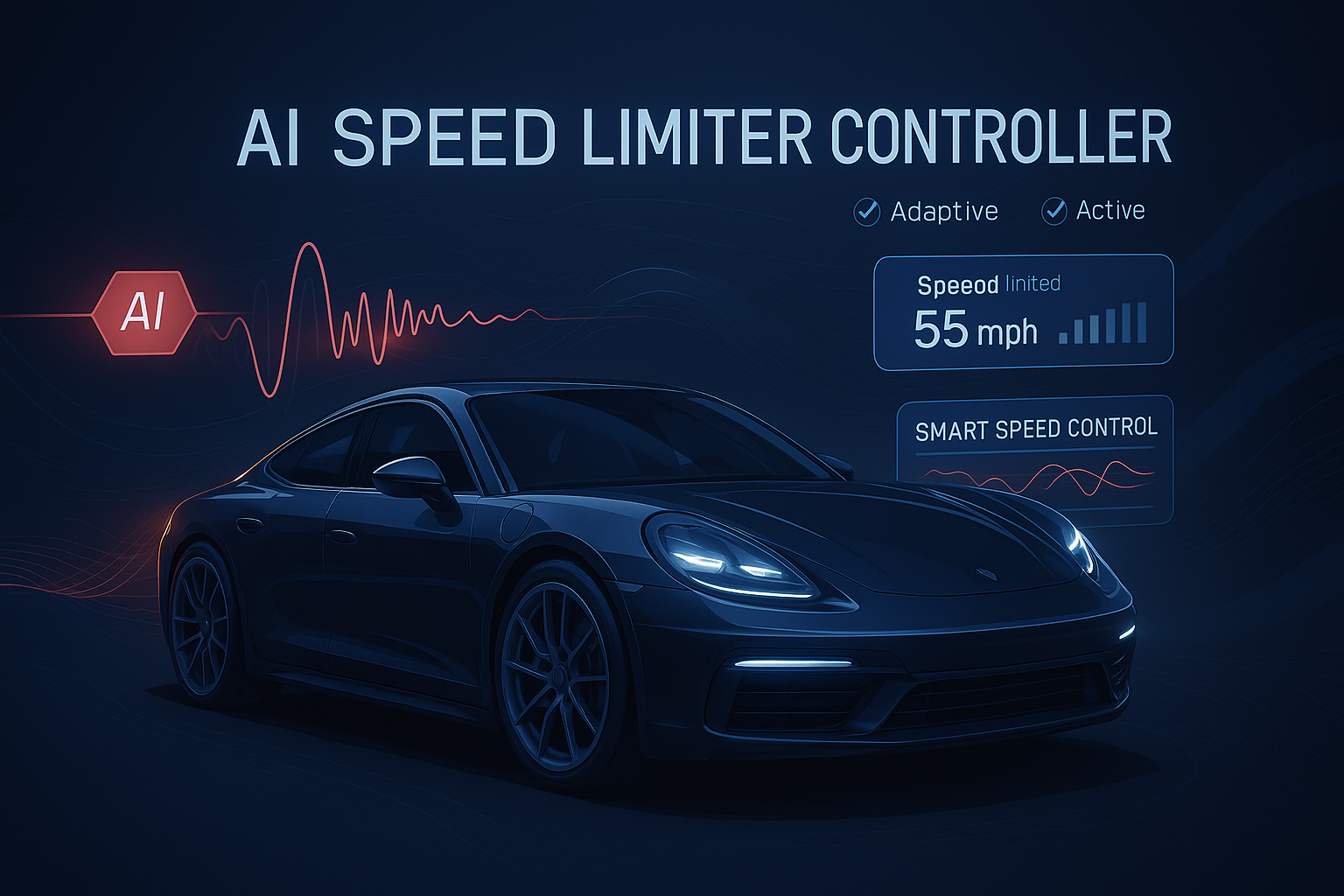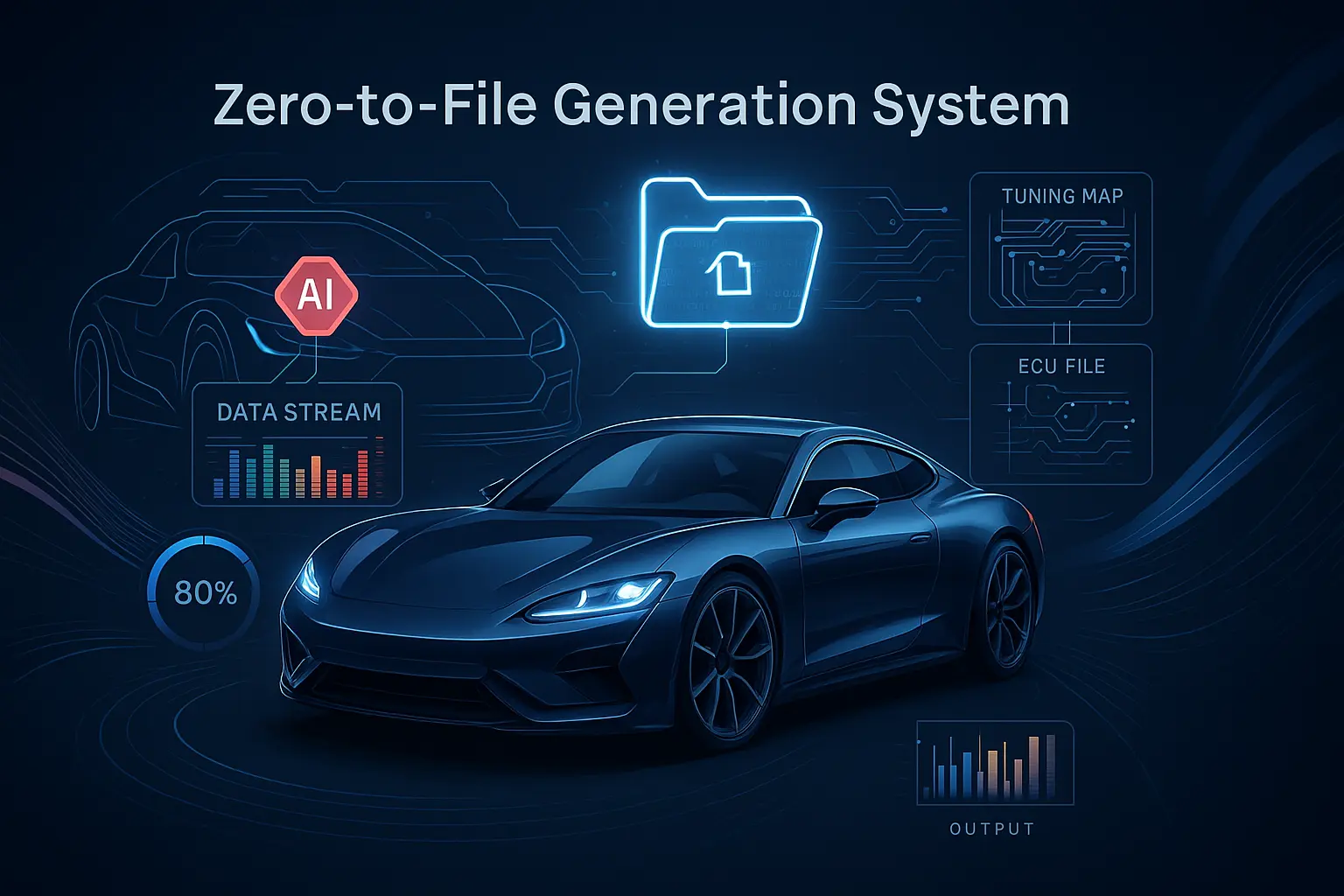What is stages 1-2-3
Stage 1 - Stage 2 - Stage 3 ECU Tuning Explained
Discover how Stage 1, 2, and 3 ECU tuning levels unlock your engine’s full potential with or without hardware upgrades.
What is Stage Tuning?
Stage tuning refers to different levels of engine performance enhancement, achieved through ECU (Engine Control Unit) modifications. Each “Stage” represents a degree of tuning intensity and hardware requirement. The higher the stage, the more performance you gain—but it often requires supporting upgrades.
At MetaECU AI, we provide safe, data-driven Stage 1, Stage 2, and Stage 3 tuning files that match your vehicle’s specifications, hardware configuration, and driving purpose.


Stage 1 tuning is the most common and beginner-friendly tuning level. It focuses solely on optimizing factory ECU parameters without requiring any mechanical changes.
Key Features:
No hardware changes required
+10–30% horsepower and torque (depending on the engine)
Safe limits respected (turbo, EGT, AFR)
Ideal for daily drivers
Improved throttle response and fuel efficiency
Fully reversible
Best suited for: Stock vehicles with good maintenance history.
Stage 2 Tuning – More Power with Supporting Hardware
Stage 2 tuning unlocks greater performance by combining software remapping with specific hardware upgrades like:
Performance downpipe
Sports air intake
Upgraded intercooler
Exhaust modifications
Key Features:
Requires hardware upgrades
+20–40% power increase
Optimized for better airflow and reduced turbo lag
May increase exhaust sound and fuel consumption
Advanced driving experience
Best suited for: Enthusiasts seeking track-level response with daily drivability.
Stage 3 Tuning – Maximum Performance, Fully Customized
Stage 3 tuning is designed for high-performance builds. It involves custom ECU files tailored for:
Bigger turbochargers
Upgraded injectors or fuel pumps
Internal engine mods
Motorsport use
Key Features:
Requires extensive hardware upgrades
Custom dyno-tested ECU files
Not for stock clutches or standard drivetrain
High RPM limiters and fueling strategies
Suitable for drag, track, and race cars
Best suited for: Professional builds, racing setups, or dedicated performance enthusiasts.
Why Choose MetaECU AI for Stage Tuning?
Our AI-powered file generation engine ensures each Stage file is:
Safe and torque-balanced
Adapted to your ECU version and vehicle configuration
Compatible with your current hardware (Stage-matched)
Reversible to stock upon request
Supported with technical guidance
All tuning files are tested against our dynamic tuning rules and global file matching algorithm, ensuring high accuracy and reliability.
Revert to Stock Anytime
Tried a stage and want to go back? No problem. MetaECU AI allows you to revert to the original factory file at any time via your panel.
Legal Considerations
Depending on your region, Stage 2 and Stage 3 tuning may not comply with emission or noise regulations. Always verify local laws and use these modifications responsibly.
Ready to Unlock Your Car’s Full Potential?
Upload your ECU file through MetaECU AI and select the Stage that fits your build. Whether it’s a daily upgrade or a full race tune—we’ve got you covered.
All Services
Any questions you want to ask?
Our dedicated team is eagerly waiting to assist you and provide the best solutions for your needs. We look forward to connecting with you and helping you achieve optimal performance!
AI CHIPTUNİNG FİLE SERVİCE
Enhance your vehicle’s performance with MetaECU’s advanced AI-driven chip tuning solution. Optimize power, efficiency, and reliability effortlessly in just minutes.
Latest News & Article About Pop & Bangs

AI Speed Limiter Controller
AI Speed Limiter Controller | Boost Safety & Precision 🔧 Introduction As intelligent driving systems become more widespread,

Zero-To-File Generation System
Zero-to-File Generation System | Build ECU Maps from Scratch 🔧 Introduction In the age of intelligent tuning, the

Hardware-Free Remap Algorithm
Hardware-Free Remap Algorithm | Smart ECU Tuning Redefined 🔧 Introduction The evolution of ECU tuning is here —
